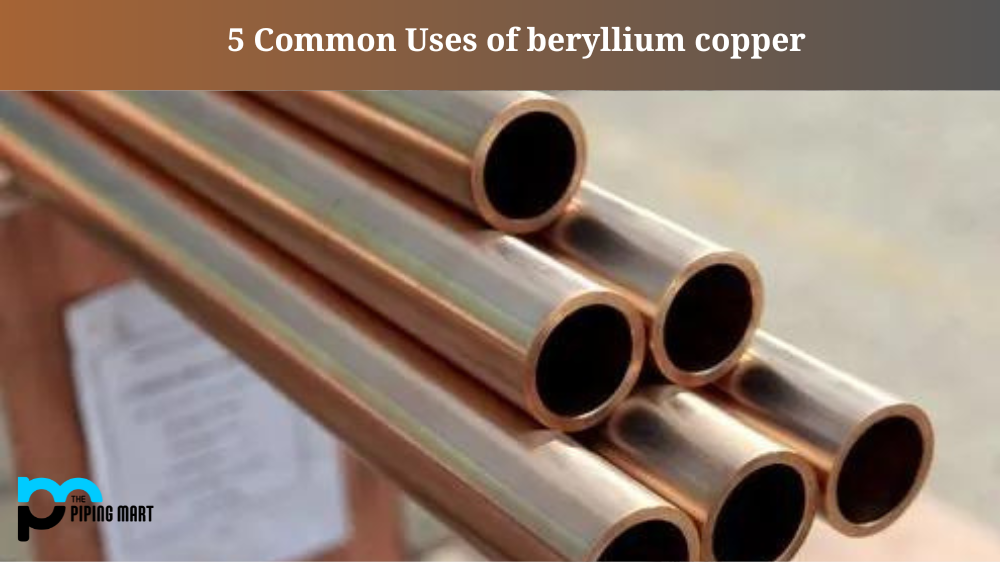When it comes to high-performance alloys, the two most popular choices are nimonic and Inconel. Both of these materials have a long history in the aerospace and automotive industries, where they are used for their superior strength and corrosion resistance. But what sets them apart? Let’s take a look at how nimonic and Inconel compare when it comes to key performance characteristics.
What is Nimonic?
Nimonic is an alloy that was created in the 1940s and has been used for various purposes throughout its history. The alloy was designed by British Metallurgist Robert Monitor for use in aircraft engines as it is highly resistant to heat and corrosion. Today, Nimonic is still commonly used in aerospace, automotive, and power generation applications due to its advantageous properties. It has also found uses in scientific instruments, electrical components, medical implants, and even sporting goods, such as tennis rackets. Despite its age, Nimonic’s unique ability to withstand extreme temperatures and oxidation makes it an incredibly valuable material that continues to find important roles today.
What is Inconel alloy?
Inconel alloy is an incredibly strong and durable metal used in many different industrial applications. It is composed of nickel and chromium, providing superior resistance to heat, corrosion, and oxidation. This strength makes it one of the most sought-after metals on the market for parts that must withstand high temperatures or harsh conditions. Inconel alloy is especially popular in aerospace engineering as it allows engineers to make fast and efficient designs. Additionally, it also finds multiple uses in other areas such as petrochemical industries, power plants, automotive manufacturing, and even medicine due to its ability to remain intact while exposed to extreme temperatures. As a result of its diverse range of functionaliy and cost-effectiveness, Inconel alloy has become an essential go-to material for many businesses around the world.
Nimonic vs Inconel Alloys
Tensile Strength
Nimonic is stronger than Inconel when it comes to tensile strength. Nimonic alloys can withstand temperatures up to 1000°C (1832°F) while maintaining their strength properties, making them an ideal choice for applications that require high-temperature performance. Inconel, on the other hand, has a melting point of 1350–1400°C (2462–2552°F), but its tensile strength decreases significantly at temperatures above 800°C (1472°F).
Corrosion Resistance
Both nimonic and Inconel offer excellent corrosion resistance thanks to their nickel-based composition. However, inconell is slightly more corrosion-resistant than nimonic due to its chromium content. This makes inconell better suited for applications that require extended exposure to corrosive environments such as saltwater or chemical mixtures.
Cost
Inconel is generally more expensive than nimonic due to its higher chromium content, making it more challenging to produce than nimonic. Additionally, Inconel is typically only available in larger quantities due to its production costs, making it the less economical option for smaller projects.
Conclusion
Nimonic and Inconel are both popular high-performance alloys that offer excellent tensile strength and corrosion resistance properties for various applications in the aerospace and automotive industries. However, each material has unique advantages depending on the application requirements. Nimonic offers greater tensile strength at elevated temperatures, while inconell provides superior corrosion resistance but is limited by cost considerations due to its higher production costs. Ultimately when considering either material, it’s important to weigh your specific needs against cost factors to make the best decision for your project or application.

Pipingmart is a B2B portal that specializes in metal, industrial and piping items. Additionally, we share the latest information and information about materials, products and various types of grades to assist businesses that are involved in this business.




